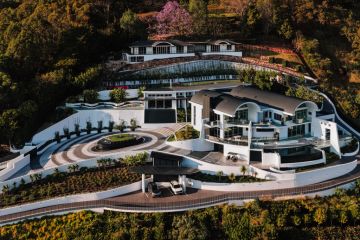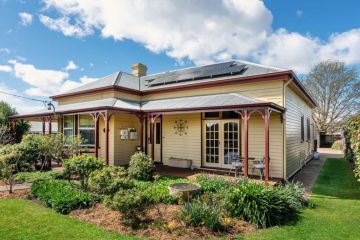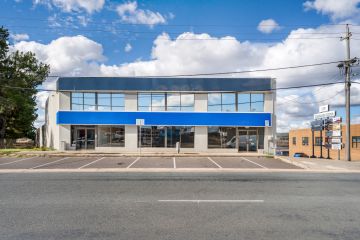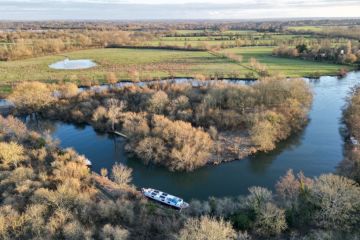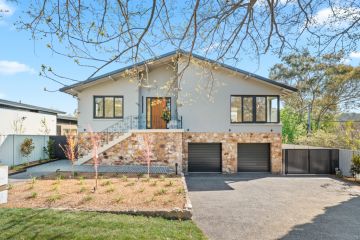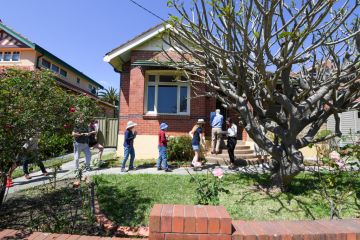Australia's own rocket man: Repurposing a Cold War relic into an incredible underground home
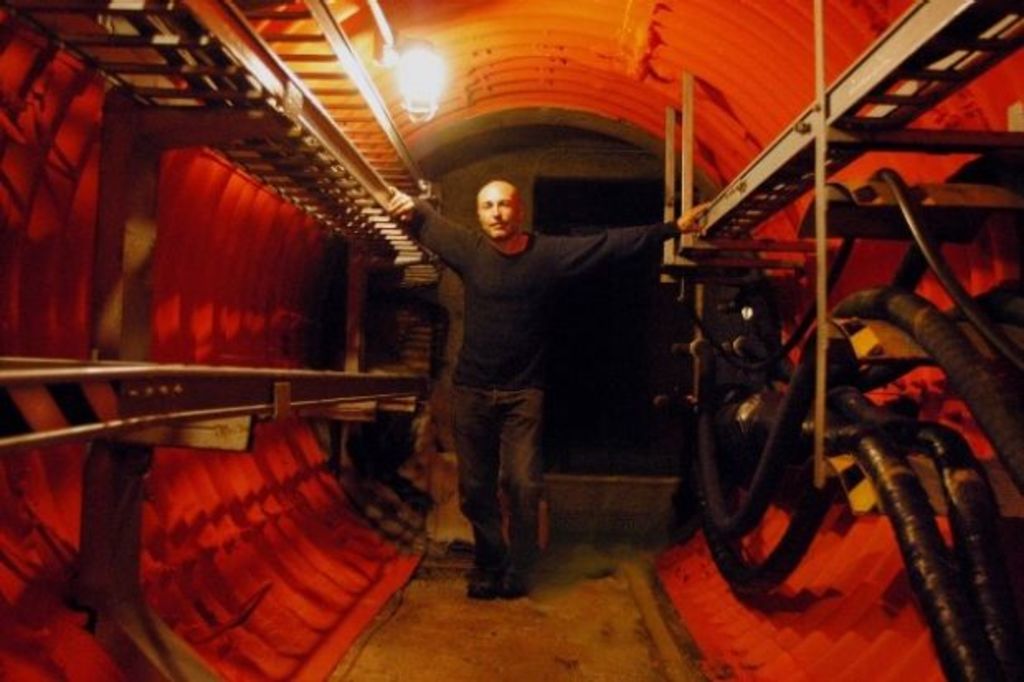
Meet Australia’s own “rocket man”: a Sydney architect who bought the first nuclear missile silo to be built in the US and transformed it into one of the world’s weirdest off-grid homes.
The Cold War silo, extending more than 56 metres underground and with a 70-tonne hatch in the ground from which an intercontinental ballistic warhead would be launched in the event of nuclear war, was constructed in the early 1960s during the Cuban Missile Crisis.
In 1996, maverick architect Alex Michael heard about the decommissioned silo in upstate New York and thought it could make a fascinating project. So he sold his one-bedroom Potts Point apartment in order to make a bid for it.
“My main goal was to create a space I could live in that could be comfortable and very cool,” said Mr Michael, now 59. “Then my next goal was to start working on the complex as a whole to refurbish it as much as I could and repurpose it to make it a useful space.
“As an architect, I’ve always been interested in buildings that are designed for one function only, which creates some really interesting architecture, and seeing if they can be re-adapted for something else. And with the $240,000 I got for my apartment, I managed to buy it for exactly the same price – US$160,000.”
From then on, Mr Michael, going by the moniker “Silo Boy”, divided his time between Sydney and the silo, whenever his jewellery designer partner Tony White was exhibiting in the US.
His American neighbours were never sure of what to make of the odd Australian who lived for such long periods underground, in air pumped down by a ventilation pipe and surrounded by 20 clocks telling the different times around the world to give him an idea of what was happening above ground.
“I was always being contacted by ‘preppers’ too, the nutcases who are full of conspiracy theories and always preparing for the end of the world,” Mr Michael said. “They were like Trump’s Basket of Deplorables. I don’t know why they’d think I was one of their number!”
- Related: A converted New Zealand silo
- Related: Tiny home made from grain silo
- Related: Industrial design a hot trend
Back home in Sydney, through his Paddington-based practice Alexander Michael & Associates, he continued to design more conventional spaces, including an office in Jones Bay Wharf, an apartment in the CBD Highgate building and a beach house in Shoalhaven.
In between, he put his silo refurb experience into his work, for instance with his Stormwater House at Oxford Falls, using giant stormwater culverts to form the entrance, and with a series of houses in Kangaroo Valley inspired by the look of the silo and American military bunkers and installations.
“My work in the silo kind of informed what I did and how I went about things,” he said. “It was a great learning experience and it changed the way I think about things and my relationship with the world.”
He threw open the silo hatch – with the help of a complex hydraulic system – to others, too, to show them the historic Cold War project, given it was the only one remaining with its original launch control console intact, after the others were all destroyed or salvaged.
He also hosted reunions of the US airmen who used to work there and used some of the cavernous space for art projects and for theatre performances.
But finally, after more than 20 years, he was approached by a US security company who wanted somewhere interesting for their HQ, and sold it for US$750,000; coincidentally the same price his old Sydney apartment has just resold for.
Mr Michael has now put the money into bringing over prefabricated house parts from China to build a new home in Kangaroo Valley, and other properties around Sydney.
He said a memorable farewell to the silo with his own art exhibition with the help of a nuclear scientist, setting fire to his kerosene-soaked sculptures and suspending them in the air until they disintegrated in the flames, in a chilling depiction of what nuclear destruction might have looked like.
“It was such an interesting place but I’d been there over 20 years,” Mr Michael, who is now permanently back in NSW, said. “I loved being there, but it was time to move on. It was the coolest building I’d ever heard about.”
We recommend
States
Capital Cities
Capital Cities - Rentals
Popular Areas
Allhomes
More
